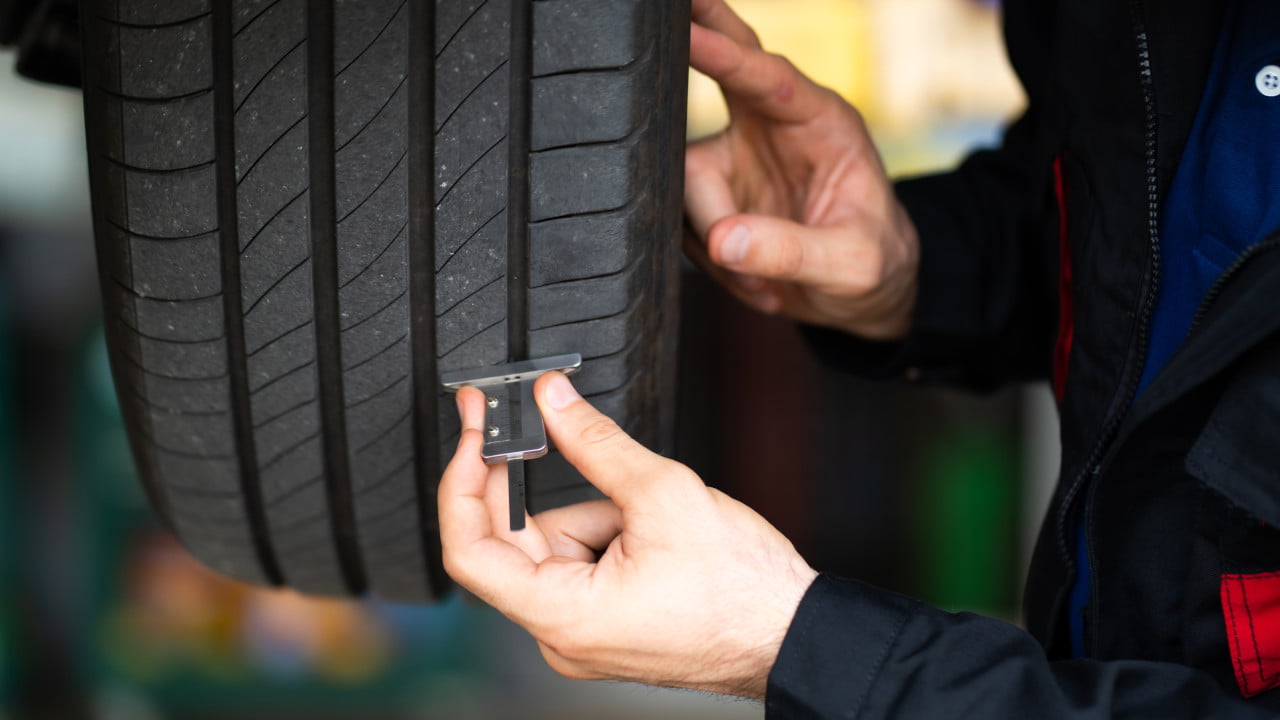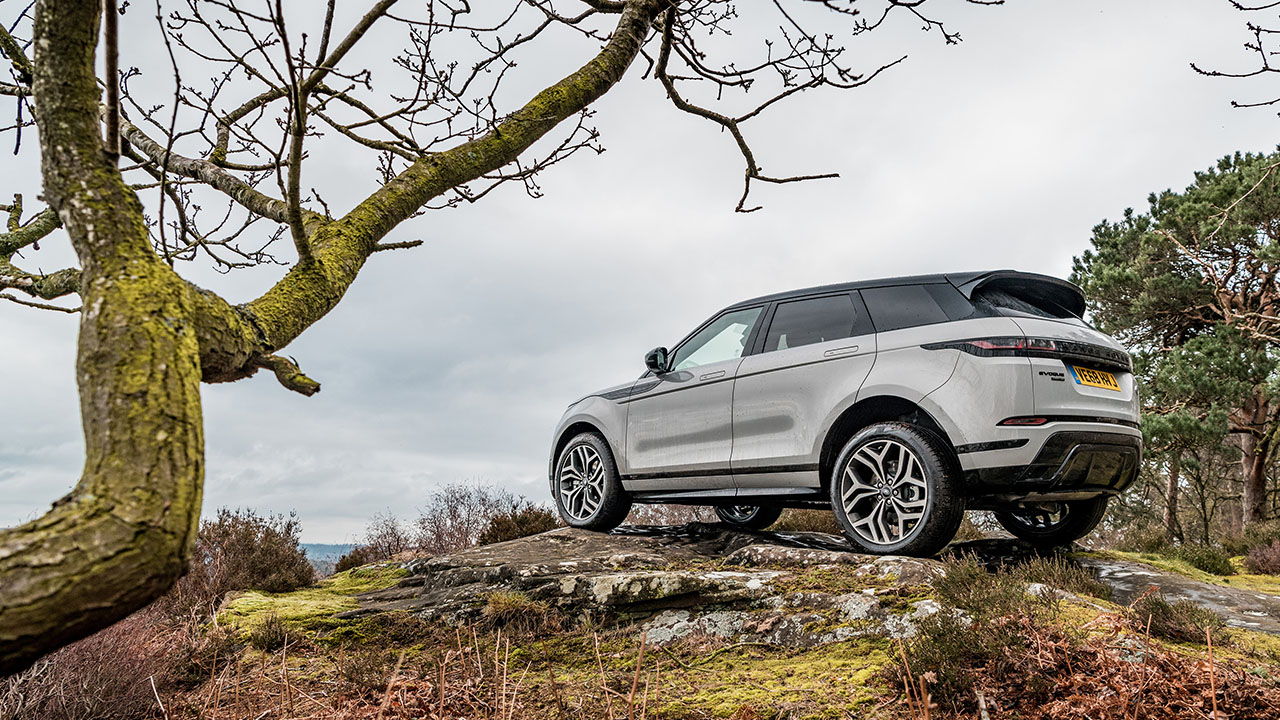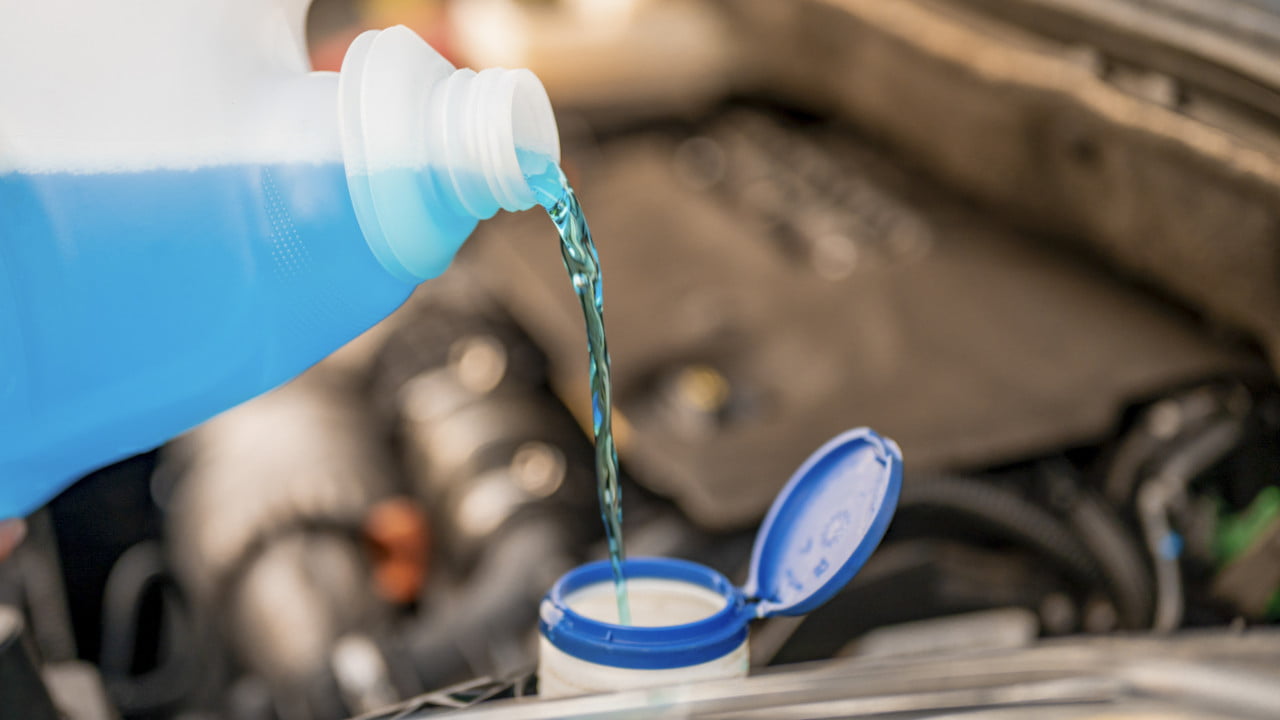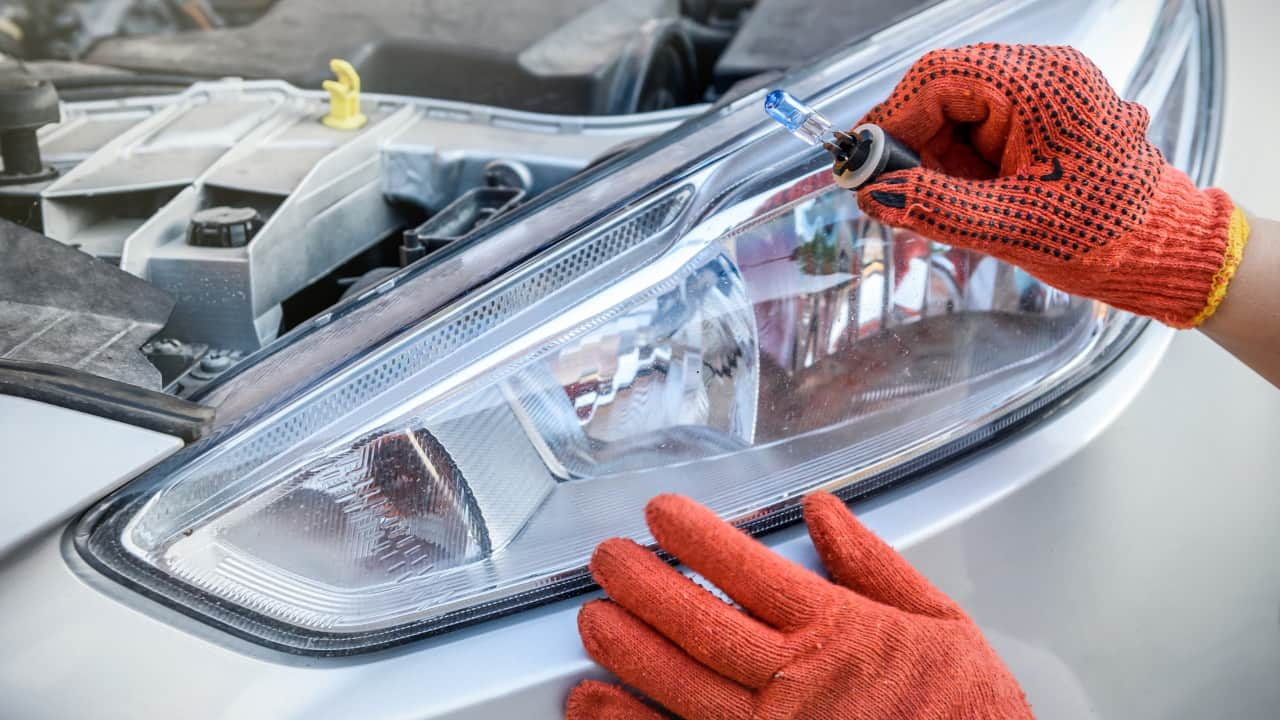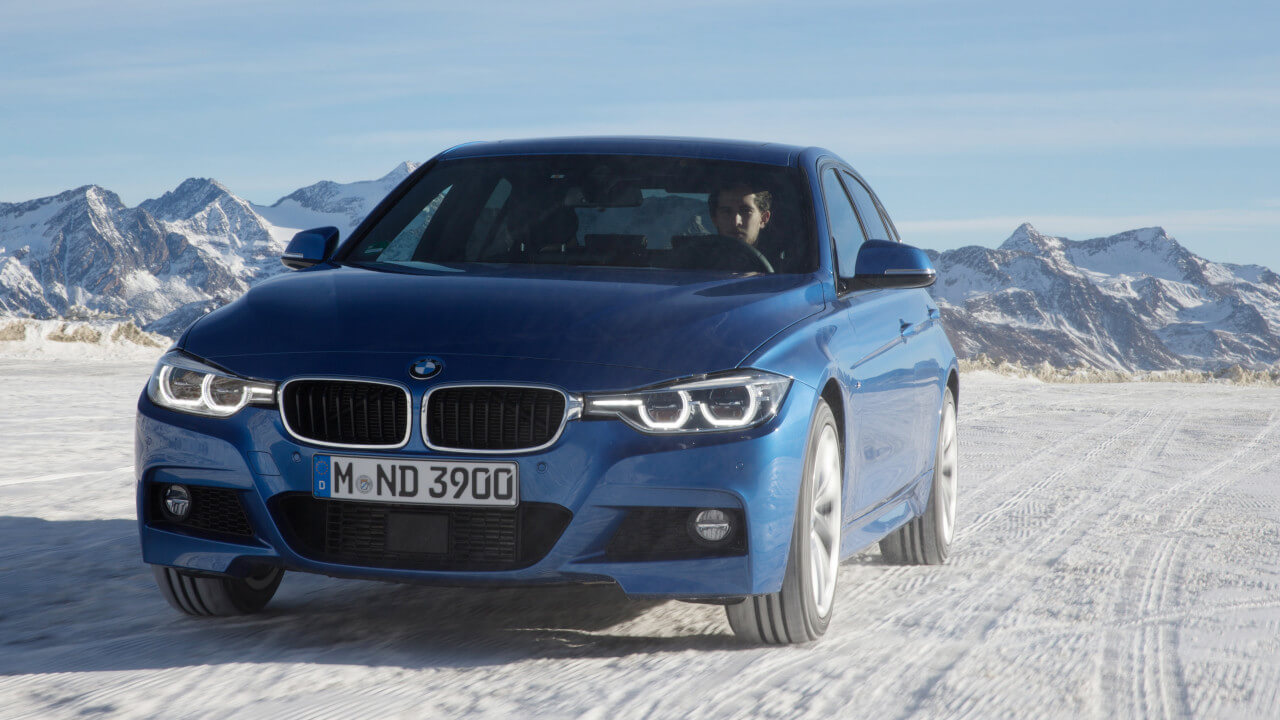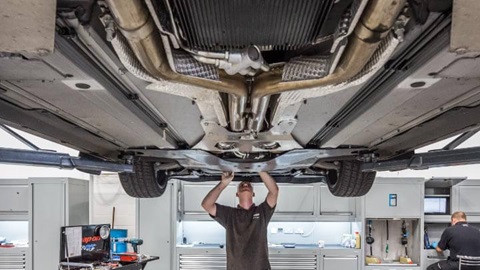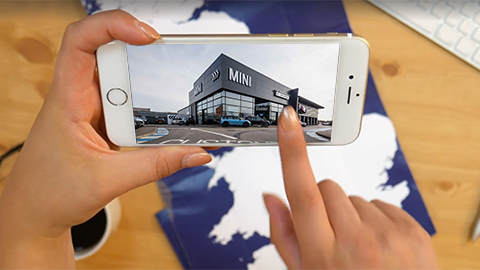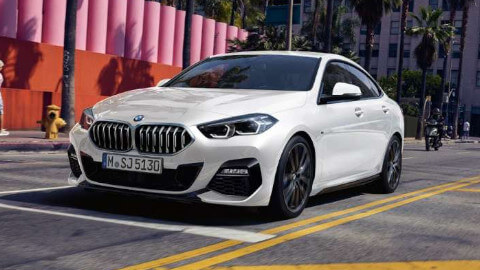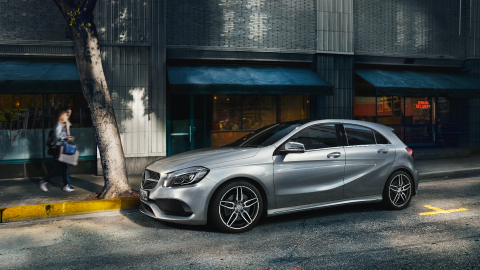How to Prepare Your Car for Winter
26th Oct 2021
Embrace the Cold
Winter is by far the most treacherous season for drivers. Freezing temperatures and decreased visibility are just some of the tricky driving conditions we have to face come the winter months.
It is therefore key in getting your car ready for winter. Our busy lifestyles can sometimes be an easy excuse to not properly prepare ourselves, and our cars. However, just a few simple steps can make winter much less of a hassle. In an age where the modern car fights back at winter with heated windscreens, mirrors, washer jets, steering wheels and seats, all helping make driver's lives easier, it is still important to conduct necessary checks too.
Discover our top winter car maintenance tips below for drivers, which could help you avoid unpleasant situations during the winter months.
Inspect Your Tyres
Tyres should have a minimum tread depth of 1.6mm, not only to be legal in the UK, but also to ensure your safety whilst driving. For added grip in winter conditions we recommend at least 3mm to ensure your vehicle can perform properly as well as maintaining safe stopping distances. Do not forget to check your spare too, if you have one.
In addition to having road legal tyre tread depth, it is important that you also check tyre pressure, as under-inflated tyres will use more fuel and therefore be less efficient. A general check of your tyres for imperfections is also good practice.
Knowing how to look after your tyres can help reduce fuel bills and emissions as well as extending the life of your tyres. You may also want to consider switching to winter or snow tyres if necessary.
Know Your Set-up
Four-wheel drive cars will become worth their weight in gold come the winter months, due to their enhanced traction, making wet and snowy conditions much easier to overcome.
Front-wheel drive cars tend to be quite good in snowy conditions in theory, as the engine over the front wheels means traction on the front end is ample and suitable in conditions where the car is likely to become stuck, although small engines can mean wheels struggle for grip as there is not enough power.
Owners of rear-wheel drive cars, particularly certain versions of BMW and Mercedes-Benz, may want to add weight within the boot to enable more traction given to the rear-wheels if conditions include snow. Another tip would be to use snow chains on the rear-wheels, during heavy snowfall.
Fluid Check
Getting a car serviced before winter is also good practice, as it will mean the car is in optimum condition, with all fluid levels, such as oil and antifreeze, checked and topped up, if necessary.
Coolant should be topped up to its optimum level between the min and max lines and it should be mixed 50/50 with antifreeze in winter to ensure the coolant does not freeze. If not, this can result in the car overheating, meaning an unnecessary repair bill.
During winter, you are likely to rely on your screenwash heavily due to wet, muddy and salty road conditions. Therefore, it is important to keep your screenwash topped up to prevent you running out when you really need to clear your windscreen. Whilst checking your screenwash, it is worth checking the condition of your wipers too, and replacing them if the rubber has worn away.
Lights and Battery
Not only can you fail an MOT test if you have a bulb out on your car, lights are an essential safety feature, improving your visibility of the road as well as your ability to be seen by others. Furthermore, you can actually be pulled over by the police for having a light out.
It is also worth checking all lights, indicators and reflectors are clean as cars are often a lot dirtier in winter. It is also good to carry a few spares. Along with lights, it is also good to check your battery too. The AA confirms battery issues are the most common cause of call-outs in the winter months.
A lot of the time batteries fail in winter due to damage caused from heat in the summer, however, the damage is not apparent until the weather gets cold, when you are using the heater and lights more, which run off the battery. It is worth noting that car batteries tend to need replacing after about four years, although some manufacturers batteries can last a lot longer.
Winter Essentials
If your drive is essential and snow or poor weather is forecast, it may be worth carrying a few important items that may come in handy. Items to carry within the boot, as part of a car winter survival kit could include:
- Shovel - useful if the vehicle becomes stuck in snow or mud
- Torch - poor visibility and areas which are not well lit will mean a torch is highly useful, some of the latest smartphones have a built-in torch feature
- Hi-Vis Jacket - it is important to be safe and be seen if you are broken down at the side of the road
- Blanket - useful for keeping warm, for safety reasons you must be out of the car if broken down on a motorway/dual carriageway
- Scraper - helps clear ice and snow from windscreens in wintery conditions
- Screenwash - always handy to carry spare in case you run out
- Refreshments - being stranded in the snow or breaking down on a wet dark night is bad enough without being hungry or thirsty too, so always carry some food and drink in the car
Winter with Stratstone
As with any tips, we hope these can help in making winter run more smoothly for you and your car.
If however, you would like an expert opinion on your vehicle, Stratstone offer a free vehicle health check for your total peace of mind.
Book today, by contacting your nearest Stratstone dealer.


